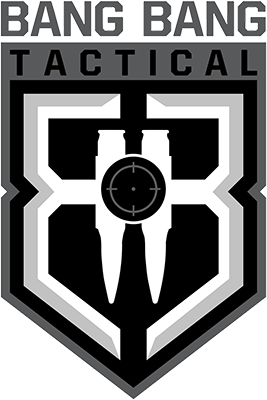Your cart is empty
Applying a tourniquet correctly is crucial for its effectiveness. Follow these steps:
Not all tourniquets are created equal. Carrying a Combat Application Tourniquet (CAT) or a SOFTT-W (Special Operations Forces Tactical Tourniquet) is highly recommended. These have been tested and proven in real-world emergencies.
At Tactical Systems & Solutions, we offer trusted, high-quality tourniquets used by military, law enforcement, and first responders. Check out our selection here.
Even with the best intentions, mistakes can happen. Avoid these critical errors:
❌ Not Tightening Enough – If the bleeding continues, the tourniquet is not tight enough. A properly applied tourniquet will be painful, but that means it's working.
❌ Placing It Too Low on the Limb – Always go high and tight when unsure of the injury location.
❌ Using an Improvised Tourniquet Incorrectly – While makeshift tourniquets can work, they must be applied correctly and be tight enough to fully stop circulation.
❌ Removing the Tourniquet Too Soon – Once applied, only medical professionals should remove it.
Having a quality tourniquet and first aid kit can mean the difference between life and death. Whether you're a shooter, hunter, first responder, or someone who simply wants to be prepared, having the right equipment is essential.
At Tactical Systems & Solutions, we provide:
✔️ Combat Application Tourniquets (CAT)
✔️ SOFTT-W Tourniquets
✔️ Full Trauma Kits
✔️ Stop the Bleed Kits
✔️ Emergency First Aid Supplies
Carrying a tourniquet and knowing how to use it should be a priority for anyone serious about safety and preparedness. Whether you’re at the range, in the backcountry, or on duty, training and proper equipment make all the difference.
If you’re looking for top-tier trauma gear, check out Tactical Systems & Solutions for battle-tested tourniquets and life-saving medical kits.
Stay safe, stay prepared, and train like your life depends on it—because one day, it just might.
Would you like to learn more about life-saving medical skills? Let us know in the comments or contact us for training resources!

Are you 18 years of age or older?